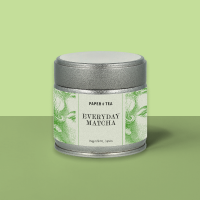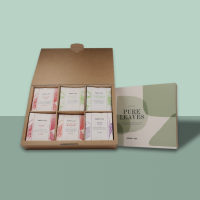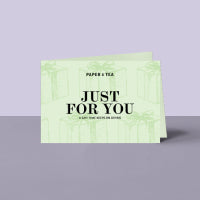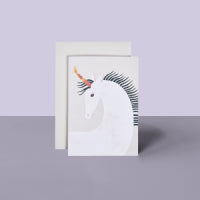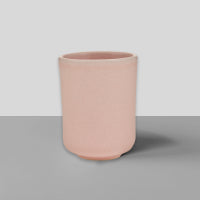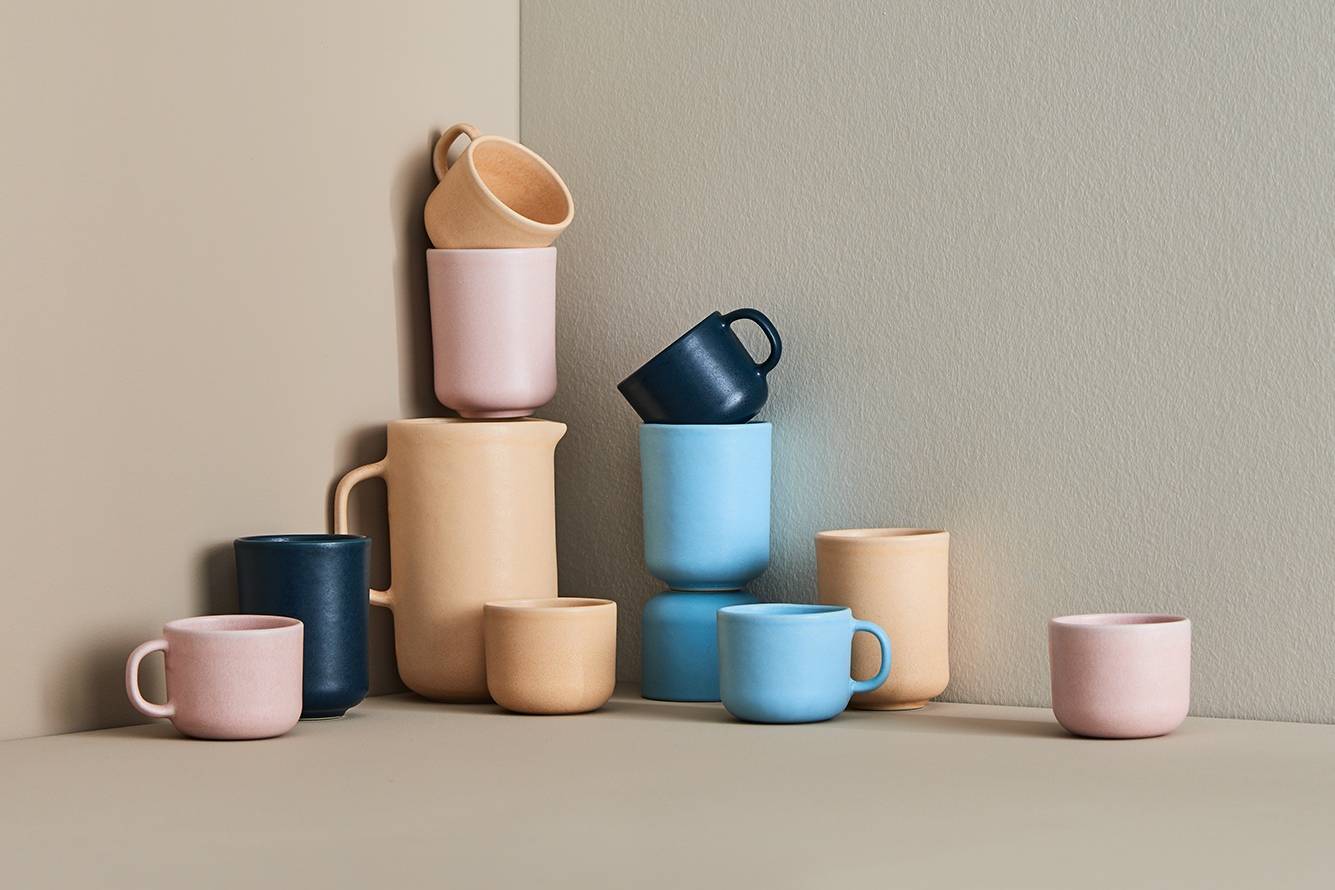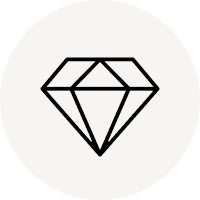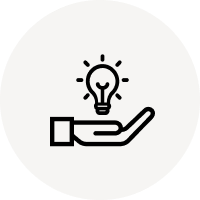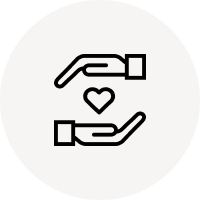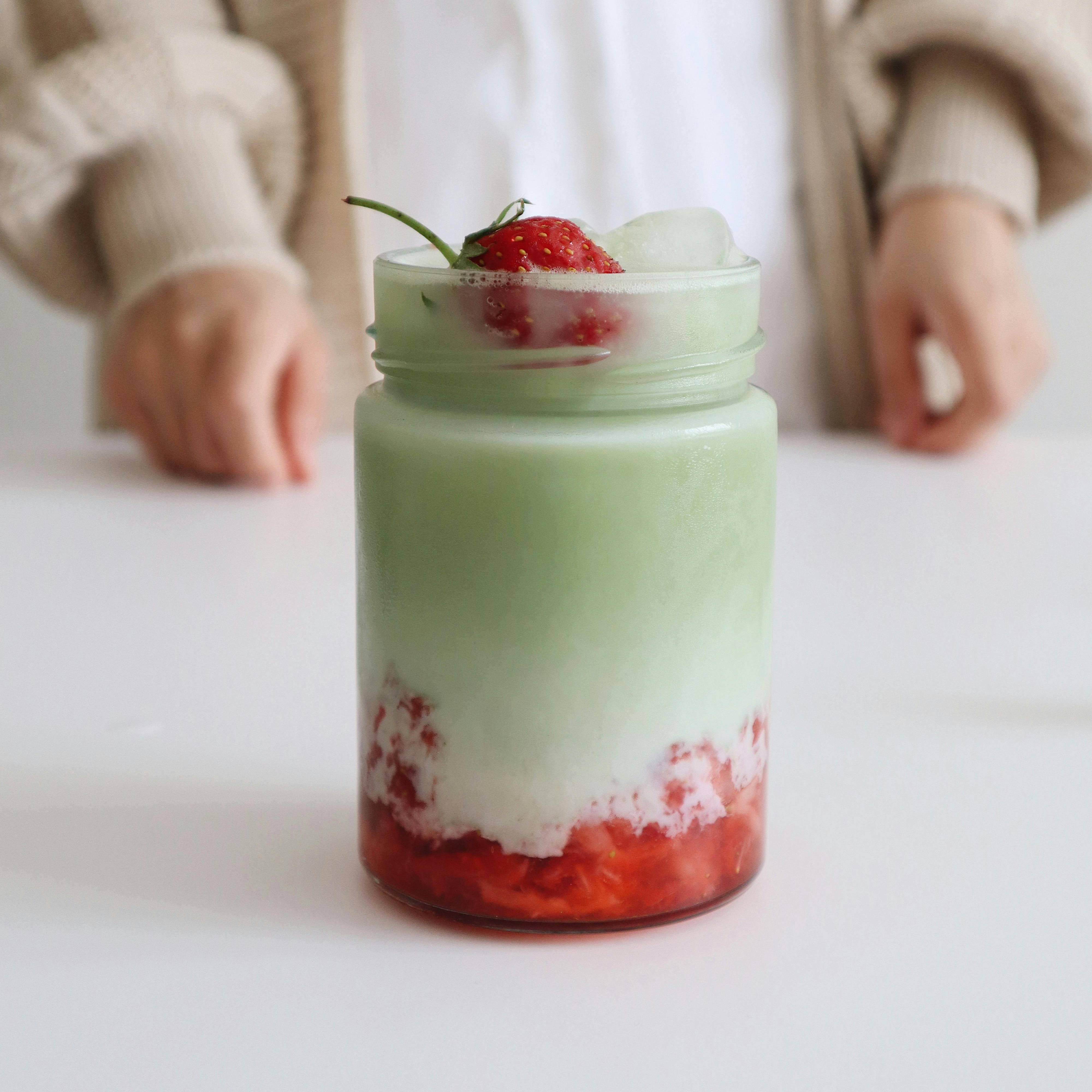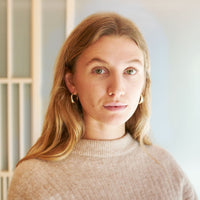Jean-Philippe Aiguier is our Director Sustainability & Product. He sat down with us to chat about his plans for 2025, why sustainability is linked to forestry, and shared his favorite products.
Resources for future generations
Jean-Philippe, you’re Director Sustainability & Product at PAPER & TEA. What does sustainability mean to you?
Jean-Philippe: In my opinion, what it means to me personally does not matter. For me, the important question is: What does it mean for PAPER & TEA? The term originally comes from forestry: foresters plant trees for the fourth or fifth generation after them. They make sure not to deplete the land but instead preserve the forest for those who come next. So sustainability isn’t just about ecology – it’s about long-term, responsible economic decisions as well. We can apply this thinking directly to the modern world by asking ourselves: Are we extracting resources without replenishing them, or is our footprint small enough to keep the world thriving for both people and nature? Every action contributes to whether the balance is maintained. And it doesn’t stop there – it applies to human resources as well. We work with highly skilled professionals, and as a company, we have a responsibility to give back knowledge, in the form of education, for example.
How did you come to PAPER & TEA, and what’s your mission here?
Jean-Philippe: I’ve been working in sustainability for 18 years, and if there’s one thing I’ve learned, it’s that the journey toward becoming a truly sustainable company is never complete! There’s always more to learn. After you’ve taken one step, you’re ready to do the next one. My mission is to convince and authentically establish a sustainable mindset—anything else is just greenwashing.
Step by step to a sustainable company
We source our teas from around the world. How do we make sure our standards are met everywhere?
Jean-Philippe: We build long-term partnerships based on mutual trust. And because we have a responsibility to the people who buy our tea, we meticulously test every batch we receive. In these analyses, even the smallest residues can be detected, like pesticide drift from neighboring fields. We can also detect soil contamination. In Vietnam, for example, traces of Agent Orange can still be found in some areas. In Germany, too, soils hold residues of substances that have long been banned, originating from intensive agriculture or past wars. When we encounter such issues, we sort out the product, of course.
Social conditions require a high level of trust as well. The longer you work in the industry, the better you become at recognizing if taking responsibility is a genuine priority for someone. It’s a complex issue, and we have to be careful not to take a neocolonialist, know-it-all approach. Instead, we need to understand the realities of the countries we source from.

What steps are we taking in product development to become more sustainable?
Jean-Philippe: We’re currently revising our entire packaging. We pay close attention to the origin of our packaging materials and their circularity. To reach our goals, we collaborate with partners like Gmund Papier, who have established sustainability initiatives. With the Tea for Tomorrow Advent calendar, we’ve already demonstrated how our ambition can be met across the entire value chain. Now, our goal is to apply those learnings to our full product range. We’ve raised our standards even more and established new partnerships – we want to continue this consistently!
We're also working on designs for a new accessory line that will be produced entirely in Europe. This will allow us to shorten supply routes in the future and have even greater control over production conditions.

What other areas are we working on?
Jean-Philippe: We follow the principles of "Reduce, Reuse, Recycle." As already mentioned, we’re cutting down on material use. Additionally, we’re prioritizing repurposing. Our logistics partner has a huge demand for packaging materials, and any offcuts from our production are shredded by an organization that employs people with disabilities and then reused as filler material. This way, what would have been waste is reintegrated into the value cycle. Another example is our tea paper, which we developed with the Gmund Greenfibra Lab. It contains tea residues that can no longer be used as food due to various circumstances, for example because a bag was damaged by a forklift. With the tea paper, we’ve found a creative way to transform this valuable material into something new.
Our Tea for Tomorrow Collection Box was the first project that we used it for. With this product, we turned our aspiration into reality: it combines design and sustainable enjoyment in an innovative way. Originally developed as an Advent calendar, we now sell it at a reduced price point to make sure it doesn’t go unused – or worse, discarded. This is another step towards mindful consumption.

Products that feel good
And what about recycling?
Jean-Philippe: In the future, we will no longer use composite materials but instead rely on materials that can be returned to the circular economy. The aroma barrier that protects our tea is fully recyclable, as are the paper, inks, and more. But recycling is also about communication – our customers need to know that these options exist.
Our Color Collection is the first use case for our new packaging with 95% recyclability. The minimalist design with bold colors also reflects our aesthetic standards.

You’ve been with PAPER & TEA for many years. Do you have any personal favorite products?
Jean-Philippe: First and foremost, our tea paper. I like products that are aesthetic and feel good in every way. I believe such products touch the soul and have a positive impact on us. On the other hand, you can sense when a product is bad.
When it comes to our teas, my preference depends on my mood, the season, or the time of day. Right now, I like our Blue Earl that we just launched. I’m especially happy that our Earl Grey family now includes a tea made with a particularly high-quality First Flush Darjeeling.

